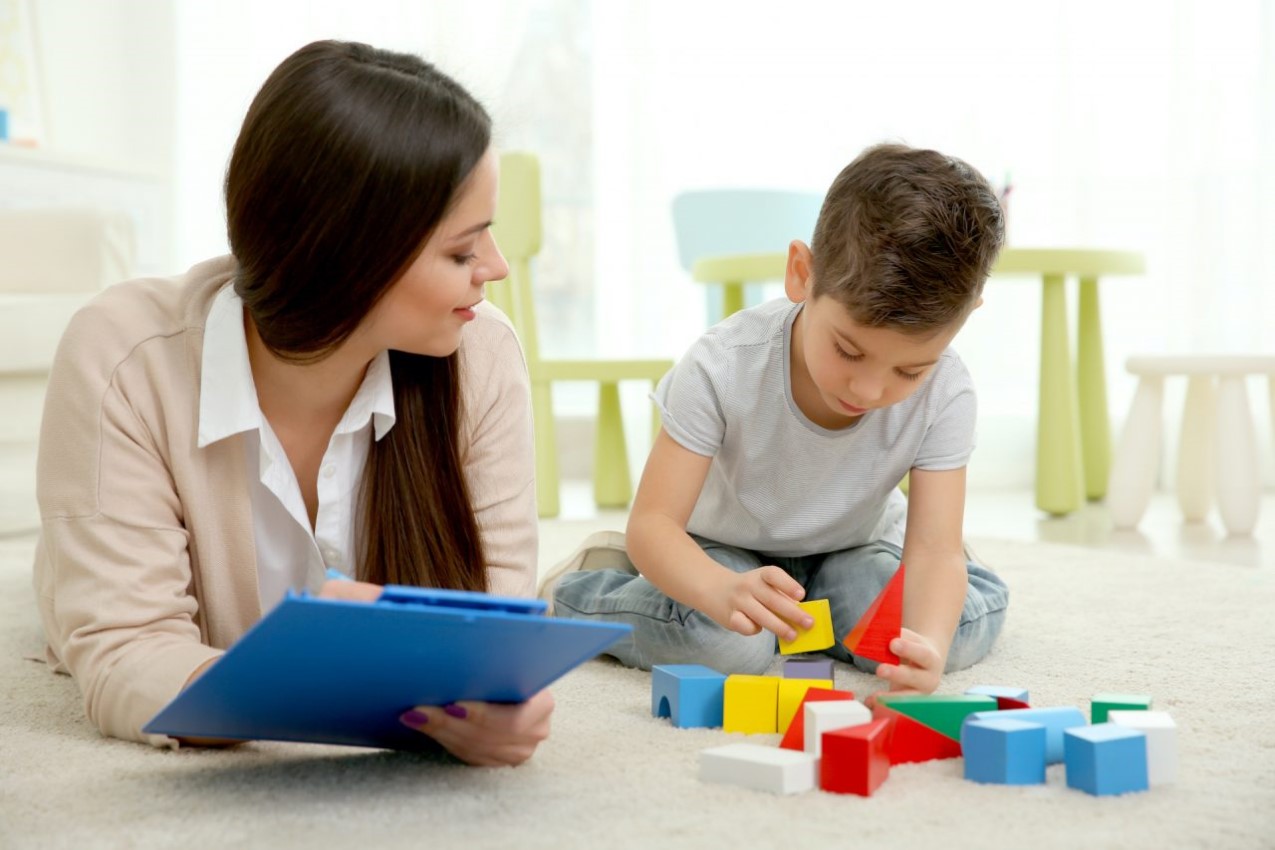How parents can support kids with autism during distance learning?
This year's return to school will be different for many children. In response to the growing pandemic, several school districts are opting for online or hybrid learning strategies. Students, parents, and teachers will face new problems as a result of this shift. We're all learning together about how to promote digital education for students with autism. In ABA parent training, guardians and parents.
We've compiled a list of resources and ideas to assist kids with autism and their families in making the move.
Explain the situation
Begin by describing why the school has made the switch to online learning. Explain to the student why online learning or a hybrid solution is required for the time being. Social stories may assist the autistic learner in comprehending the scenario and exploring any emotions that may emerge. As the school year begins, be prepared to discuss this frequently. Students may not completely comprehend how the changes will affect them until they’ve experienced them first-hand.
Create reasonable expectations
Some kids may find online learning difficult. They could miss their previous friends, teachers, and routines. Others might like it better. Many of the social constraints that can feel overpowering or distracting are removed while learning through a computer screen. It is critical to let both types of learners recognize that online learning is a temporary circumstance. They'll have to return to in-person classes at some point. in applied behavior analysis treatment, the kids are taught to cope up with conditions which are not always in their favor but there’ nothing much to do than enjoy the current condition.
Set a schedule
Many schools excel in providing children with a constant and reasonably predictable timetable. Many people with autism find it easier to relax when they know what is going to happen next. Setting and sticking to a timetable can help them get most out of their online study. Set start and end timings for the school day, as well as breaks and lunches. Also, communicate with the child's teacher to learn about the class schedule. A visual or textual schedule can be posted near where the individual studies. To assist the individual in making a successful shift, use priming. "In five minutes, it'll be noon," you might say, as an example. This allows the kid to mentally prepare for the upcoming task.
Involve the whole family
Not just the child with autism, but the entire family is affected by online learning. Siblings may be studying from afar as well. Parents may work from home or have less time to perform daily tasks as a result of their children learning at home. Everyone can benefit from a family-centered approach to managing online learning schedules and expectations. To establish the greatest possible situation for everyone, discuss everyone's needs and work collaboratively to define boundaries and timetables. This could include agreed-upon study, work, and break periods. Quiet hours or redistributing tasks are two options.
Set up supports
Many of your child's existing supports may not precede them into the domestic learning environment. Adapt your Individualized Education Plan and Behavior Intervention Plan for virtual learning with the help of instructors and administrators. For any resources that your care team may be able to supply, contact them.
Remember that most of us, including teachers and counselors, are unfamiliar land. The adjustment to online learning can be made easier with open, clear communication and regular check-ins. Collaborate with your local education advocacy organizations for more tools and information.
Find out more about ABA training at https://htaba.com




Comments
Post a Comment